Would you like to have your tooth gap closed? Here you will find all information about the so-called diastema and its treatment.
When one or more teeth are outside the ideal dental arch shape of the upper or lower jaw, dentists and orthodontists refer to this as malocclusion.
For example, the teeth may be rotated, protrude forward or backward, or simply not grow out where they should.
In most cases, tooth misalignments have only aesthetic effects. This means that although they disturb us visually, they do not negatively affect our health.
| Get 150 € discount on your dental correction! |

Book a consultation appointment now at a nearby DrSmile partner practice and find out if teeth straightening with aligners is right for you.
The appointment is completely non-binding and does not involve any costs.
With the code “THATSMILE150” you will receive 150 € discount on the treatment.
In some circumstances, however, crooked teeth or gaps between the teeth can also make it difficult to clean the teeth or interfere with food intake. Speech disorders (e.g. lisp) are also not uncommon.
Serious health consequences are also possible. However, they are usually the result of extreme tooth misalignment.
A relatively common tooth misalignment is the tooth gap – called diastema in professional circles. This is a gap between the central and anterior incisors or, in some cases, between the posterior molars.
This often bothers those affected for aesthetic reasons. In some cases, however, the misalignment of teeth must also be treated for health reasons.
You can find more information about diastema and treatment options in this article.
Here you can also find out whether the discreet treatment with invisible braces (aligners) can also close the gap between your teeth.
Do you want to know directly? Then make a free and non-binding consultation appointment here.
You can find a first overview of all malocclusions here.
Many patients have already had their misaligned teeth successfully treated with invisible dental splints. Take a look at their before/after pictures here.

What exactly is a tooth gap (diastema)?
The technical term diastema comes from the Greek language and means “space between” – i.e. a gap between the teeth.
This gap is located either between the central and anterior incisors or, in rarer cases, between the posterior molars.
In fact, the teeth in the mouth should not be too close to each other. A small gap is therefore absolutely normal and even important for smooth tooth cleaning.
However, if these spaces are too large, dentists and orthodontists speak of a tooth gap (diastema).
A distinction is made between three types:
- In true diastema, the frenulum sits so low on the inside of the upper and lower lip that it ends between the incisors. The latter can thus not move together and a gap is created.
- A false diastema is when the lateral incisor or both incisors are atrophied. Due to their small size, they do not adequately fill their intended space, creating a gap.
- The medial diastema is similar to the true diastema. However, the dental arch is so large here that the teeth cannot fill it completely.
Tooth gaps are relatively common and usually represent only a visual impairment.
However, depending on its severity, the diastema is often perceived by those affected (and third parties) as absolutely not bad or even attractive.
Health problems are rare, but not excluded Because depending on the severity, gaps between teeth can also lead to restrictions.
This is how a tooth gap (diastema) can look, for example:
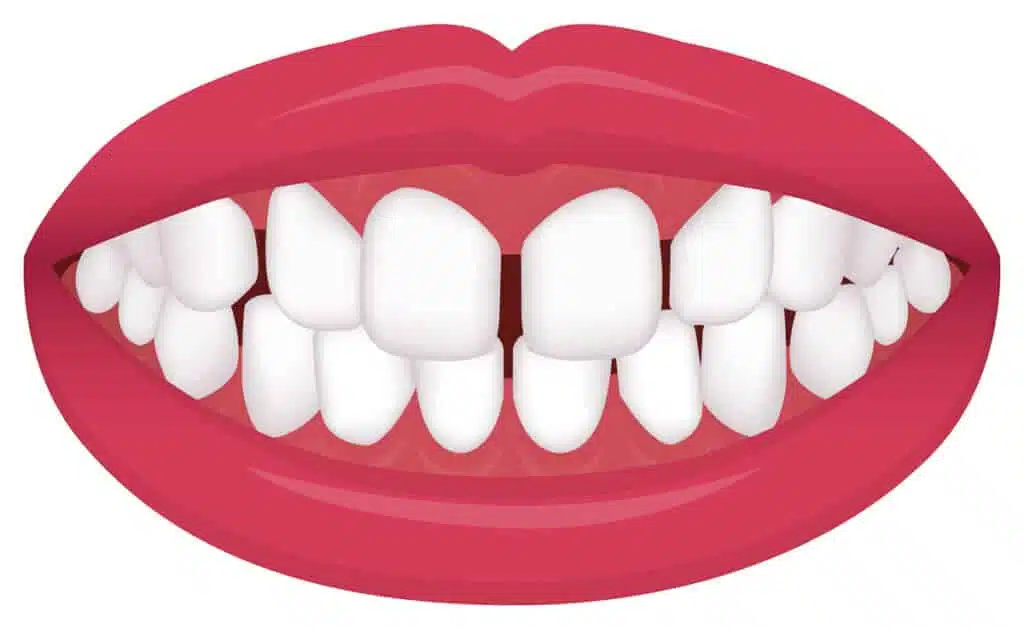
Causes of a tooth gap (diastema): How can it develop?
In fact, the gap between the teeth (diastema) was a normal physical feature in our ancestors.
It often occurred between the molars and incisors, providing space for the fangs in the lower part of the dentition when the mouth was closed.
Only in the course of time did the tooth gap (diastema) shift toward the center of the bite. In most cases, therefore, the gap between the teeth is still a predisposition and hereditary.
However, small or narrow lateral incisors can also promote a tooth gap. They ensure that the front teeth drift apart over time because they simply have too much space.
Other possible causes of a tooth gap (diastema) are also:
- The missing attachment of individual teeth
- A supernumerary small incisor
- Gum inflammations that leave visible gaps
- Accidents that resulted in tooth loss
- Teeth that had to be extracted due to caries
| Get 150 € discount on your dental correction! |

Book a consultation appointment now at a nearby DrSmile partner practice and find out if teeth straightening with aligners is right for you.
The appointment is completely non-binding and does not involve any costs.
With the code “THATSMILE150” you will receive 150 € discount on the treatment.
Health consequences: Do you have to close a tooth gap?
If a tooth gap (diastema) develops between the upper central incisors in childhood, there is a high chance that it will close again on its own.
Unfortunately, this does not work for a hereditary diastema. In this case, the gap between the teeth may even have adverse health effects.
Possible health consequences of a tooth gap can be:
- Endangering the position of other teeth
- Speech disorders
- The gap between the teeth can create a nesting place for bacteria and make it difficult to clean the teeth
- The emergence of a false bite
- Teeth grinding
- Tension in the jaw muscles and neck
However, this does not mean that you have to close the gap between the teeth in every case. Because as long as it does not affect health, it is absolutely harmless and in many cultures even an ideal of beauty.
Closing gaps between teeth – uncomplicated with braces
Closing gaps between teeth is generally not worthwhile before the age of eight. Because that is how long it takes for all the incisors to erupt and often the diastema closes on its own during this time.
Accordingly, correction of gaps between teeth is very rare in children.
In adults, dentists and orthodontists always advise closing the gap between teeth when health problems arise.
However, adults often decide to take this step for cosmetic reasons, as they are simply dissatisfied with the appearance of their teeth.
To close the gap between the teeth, braces, implants, bridges, veneers or dentures are used, among other things.
Closing diastema with fixed braces
A gap between the teeth (diastema) can usually be closed without any problems with the help of fixed braces. Fixed braces must be worn for several months, in some cases even for several years.
However, quite a few adults fear the limitations of fixed braces in their professional and everyday lives.
Also for aesthetic reasons, fixed braces are an absolute emergency solution for most adults.
In addition, there is the relatively high price. This is because health insurance only covers the costs of closing the gap between the teeth in extreme cases.
As a rule, however, adults have to pay for closing the gap between their teeth themselves, which is often no walk in the park with treatment costs starting from 6000 euros upwards.
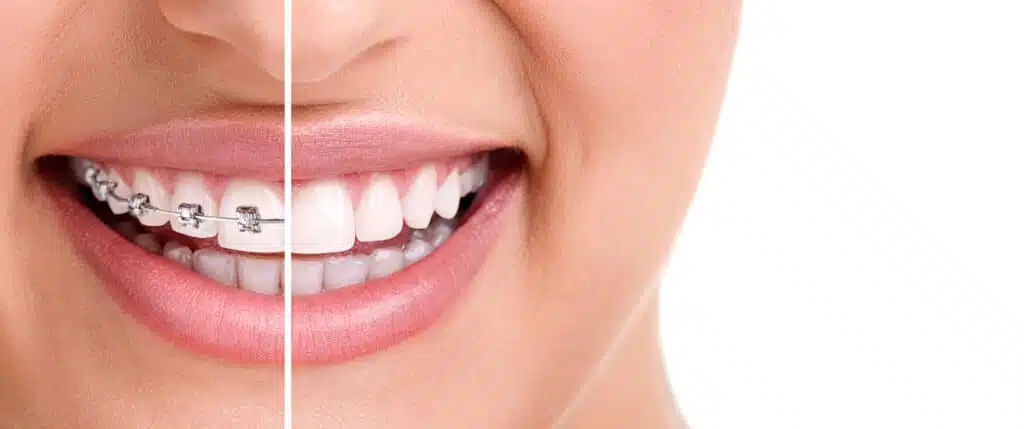
DrSmile: Close gaps between teeth with invisible braces
In many cases, however, adults can avoid fixed braces if they have only a small gap between their teeth.
This is because treatment with transparent dental splints is often possible for mild to moderate degrees of tooth misalignment.
These so-called aligners enable discreet tooth correction, as they are completely transparent and fit precisely on the teeth.
They can be removed at any time. However, this is only recommended for eating and daily dental care, as they must be worn for at least 22 hours a day.
Another plus point is the price: the cost of invisible dental trays, for example, starts at just 1790 euros or 33 euros a month with the renowned provider DrSmile.
Here you can find more information about DrSmile prices.
You can find out whether your tooth gap can be closed with invisible dental splints during a free and non-binding consultation appointment, which you can book here.
If regular aligners reach their limits, the invisible braces of Invisalign can close large gaps between teeth in some cases.
However, they are significantly more expensive than the products of competitors.
An example of a tooth gap that was successfully closed with DrSmile invisible braces:
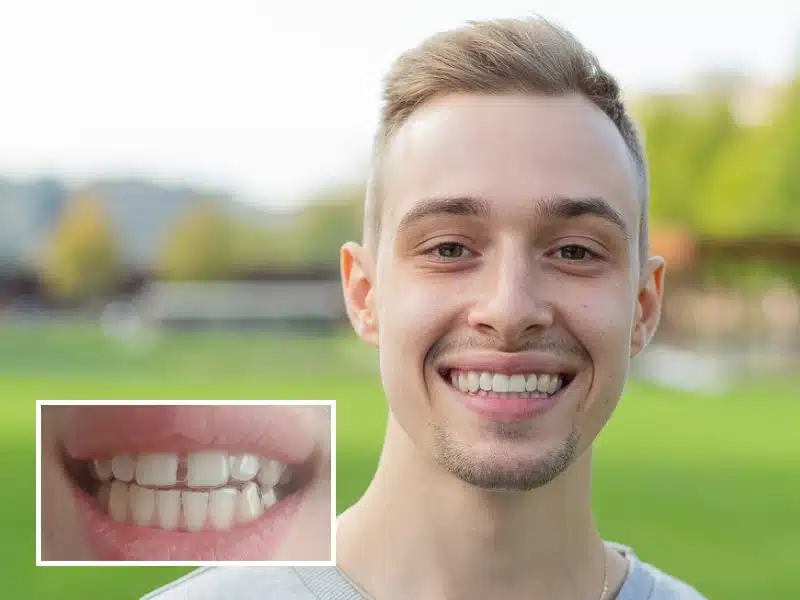
Close diastema without braces
Although aligners and fixed braces can go a long way, in some cases they reach their limits.
Especially in the case of tooth loss, dentists and orthodontists must resort to other methods to close the gap between the teeth.
With these options, the orthodontist can close a large gap between teeth:
- Composite: A composite filling is inexpensive and can correct small gaps between teeth without complications. The composite is applied directly to the tooth and is particularly gentle on the tooth, as no tooth substance is removed.
- Veneers: The wafer-thin, translucent veneers made of ceramic are individually manufactured and can hardly be distinguished from real teeth. So-called prep veneers can last 15 to 20 years, but this requires a thin layer of the patient’s own tooth substance to be ground off. The disadvantage of veneers is their high cost.
- Implant or bridge: In the event of tooth loss as a result of an accident or dental disease, those affected cannot avoid an implant or bridge. The implant is anchored in the bone and the bridge is attached to the adjacent teeth.
| Get 150 € discount on your dental correction! |

Book a consultation appointment now at a nearby DrSmile partner practice and find out if teeth straightening with aligners is right for you.
The appointment is completely non-binding and does not involve any costs.
With the code “THATSMILE150” you will receive 150 € discount on the treatment.
Close tooth gap yourself? Not a good idea
Close a tooth gap yourself? Definitely not a good idea, because a tooth correction always belongs in the hands of experts.
Nevertheless, there are always tips floating around, especially on the Internet, that sell “closing the gap between teeth – do it yourself” as a kind of DIY project.
Under the keyword “Close gap between incisors yourself”, for example, you can find instructions for making braces from rubber bands.
Here, individual rubber bands are stretched around the teeth to move them into the correct position.
However, this can result in injuries in the mouth and, in the worst case, even tooth loss.
You should also keep your hands off tooth repair kits and cheap plastic teeth that you can glue yourself (yes, they really do exist!).
They are not only harmful to health, but also look fake and unaesthetic.
If you want to avoid regular appointments with your dentist or orthodontist, we recommend DrSmile invisible dental trays instead.
Here you only have to attend an initial appointment. Afterwards, the splints are conveniently sent to your home and you can start treatment immediately.
Make an appointment here and find out if your gap can be closed with DrSmile aligners.
For example, it worked very well for this patient:
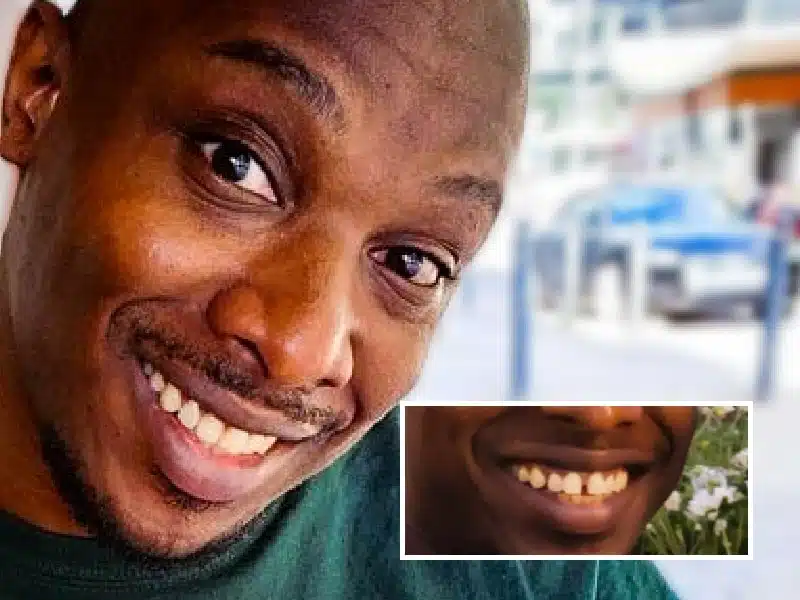
FAQs on the topic of filling a tooth gap and closing a tooth gap costs
Close tooth gap costs: What are the prices?
The most favorable treatment is with invisible braces. With the provider DrSmile, for example, prices in light cases start at 1790 euros or 33 euros per month. Treatment with fixed braces can cost up to 6000 euros. For bridges and implants, orthodontists and dentists charge between 500 euros and 5000 euros, depending on the expense.
Can you live with a gap between your teeth?
If the gaps between the teeth do not entail any health consequences, they are merely a minor blemish or often even a beauty feature or trend. However, if they bring bite problems, speech disorders or other negative effects, treatment is essential.
Can you close gaps between teeth yourself?
In adults, an existing tooth gap will not close by itself because the jaw is already fully grown and all permanent teeth are present. DIY braces and obscure tips on the subject of “closing the gap between your teeth yourself” should definitely be avoided.
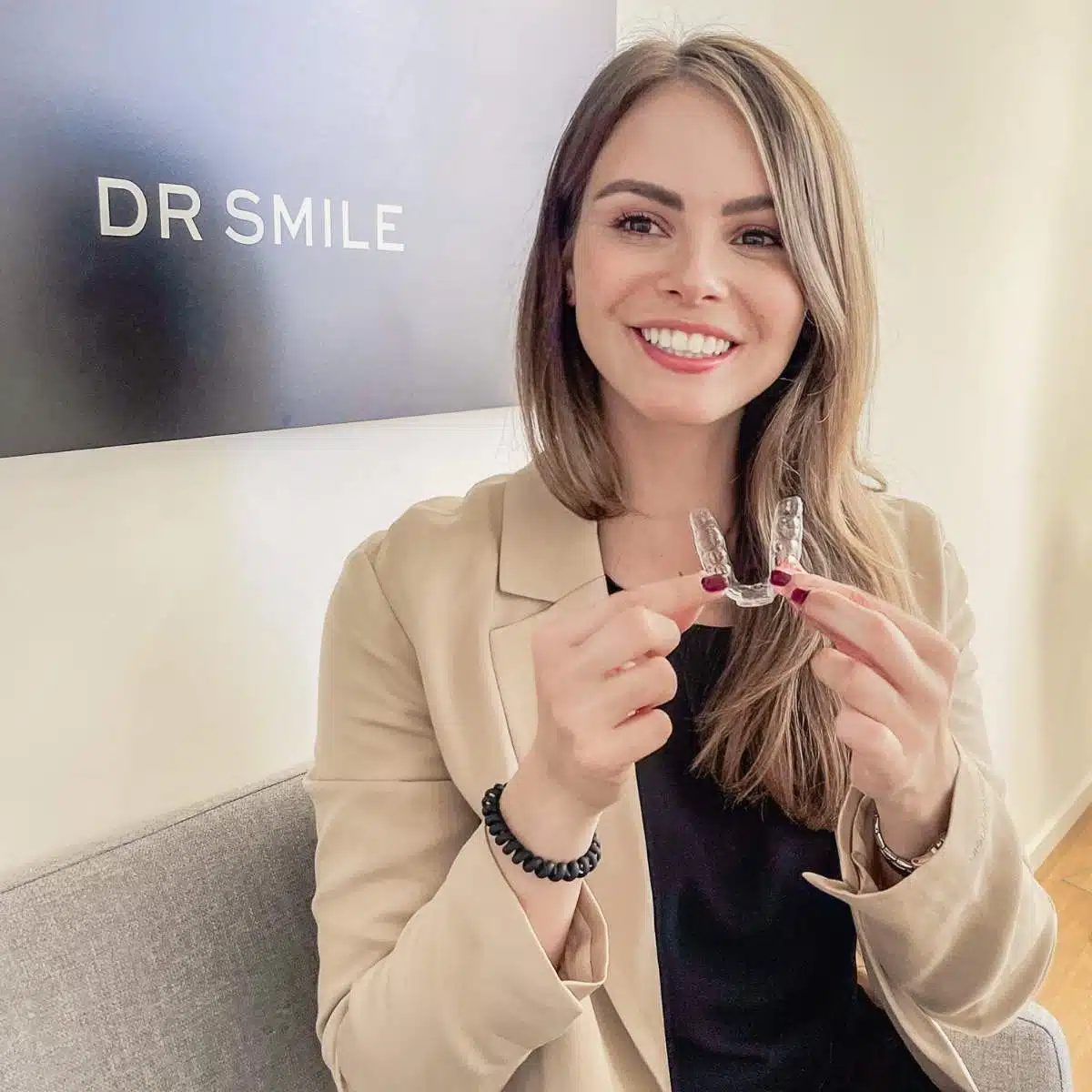
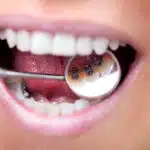

Leave a Reply